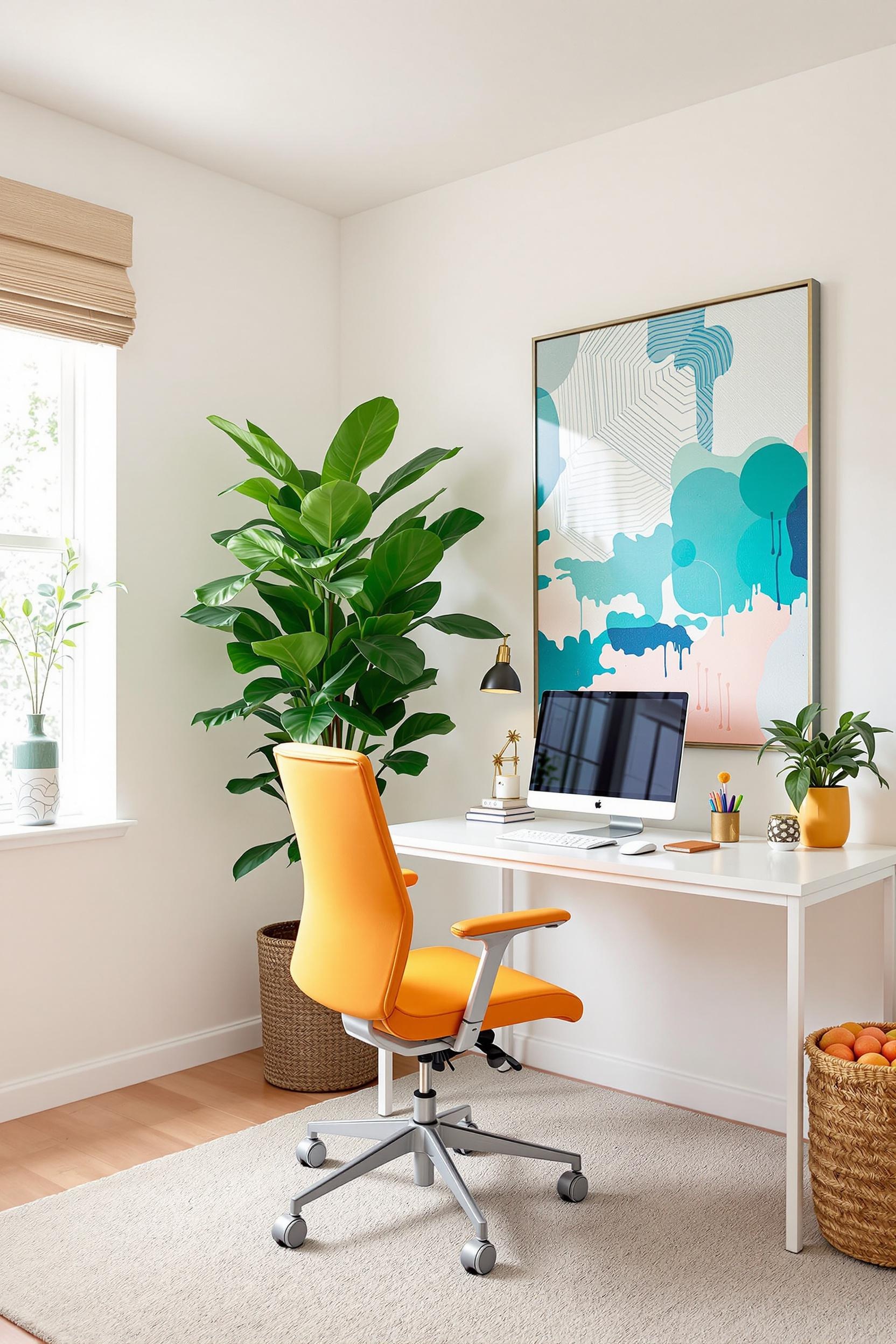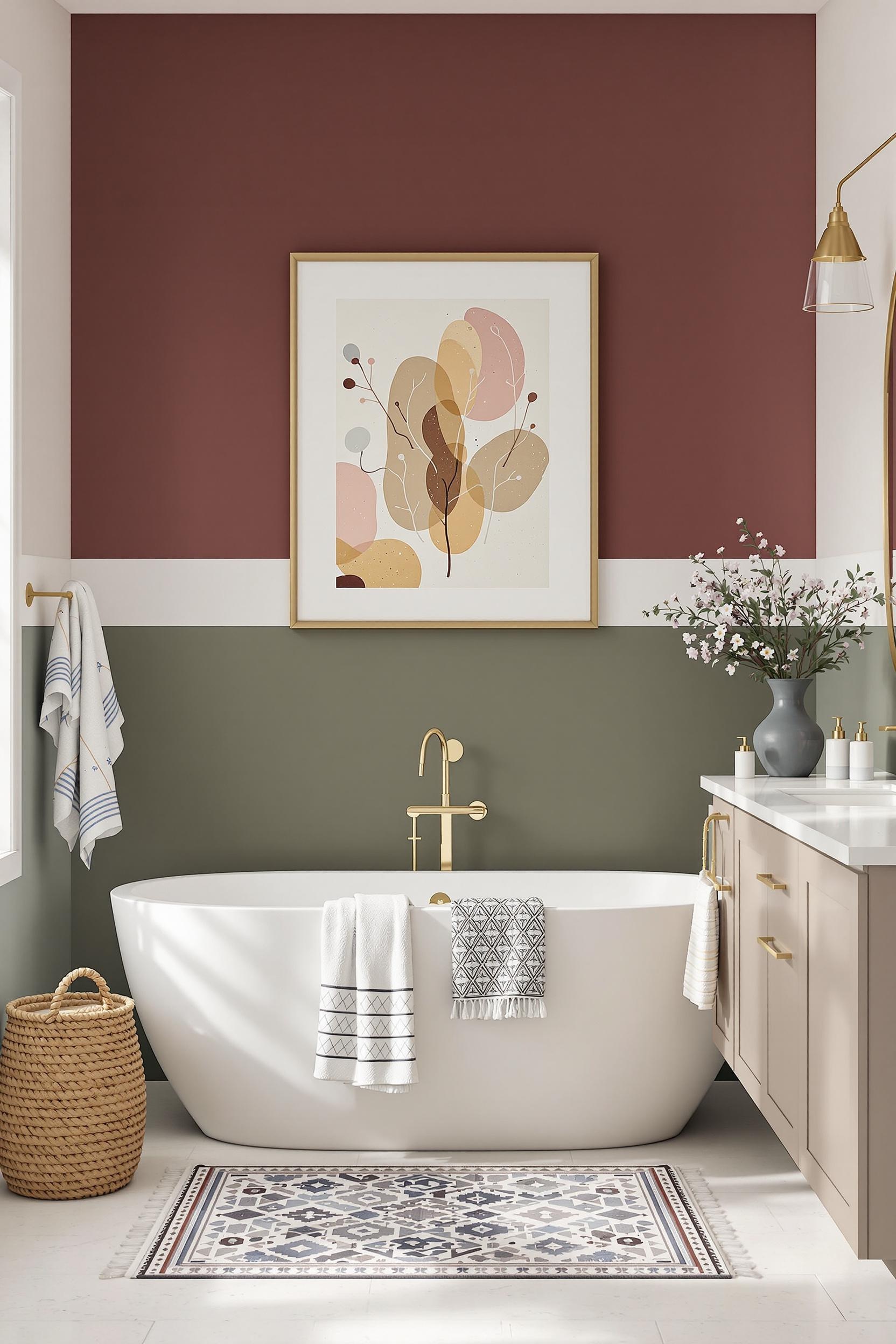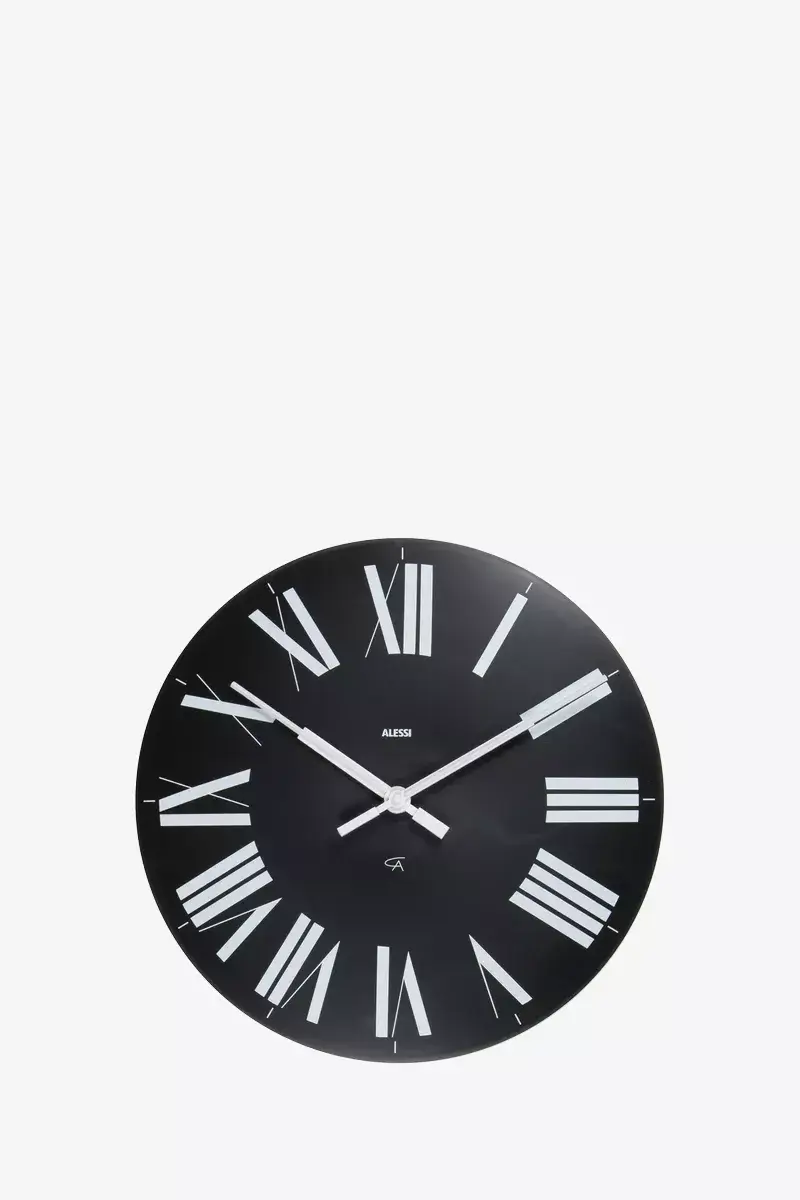
How to Use Color Blocking to Make Rooms Look Bigger
As an interior designer, one of the most common challenges I hear from clients is this: “How can I make my space feel bigger without knocking down walls?” The answer is simple and powerful—color blocking. This modern, minimalist-friendly interior design technique can visually expand even the smallest studio apartment. By applying color blocking techniques using the right shades in the right places, you can manipulate light, depth, and perception to make a room appear up to 30% larger.
Color blocking walls in small rooms, especially using light and cool-toned colors, can soften corners and remove harsh boundary lines. This increases brightness and space perception. Minimalist color blocking techniques are perfect for small urban homes, rental apartments, and open-concept spaces. My goal in this guide is to equip you with easy and effective color blocking ideas for small living rooms, bedrooms, kitchens, and more.
Unlock the Secret to Spacious Interiors
Color blocking is more than a style—it’s a science-backed technique. Studies show that walls painted in a soft gradient, like pale blue to white, reflect light better and trick the eye into perceiving depth and height [watch here]. By using techniques I’ve learned over the years, like vertical and horizontal color zoning, you can create visual movement that stretches the room’s proportions.
I’ve used color blocking in small apartments to define areas without closing them off. In one project, I created an open dining space within a narrow kitchen by painting one wall with a soft muted gray and leaving the rest white. This zoning strategy added function and flow.
Vertical and Horizontal Color Blocking
Vertical color blocking is one of the most effective tricks I use to make a ceiling feel higher. Using light tones like pastel blue or soft white on top and slightly deeper colors at the bottom draws the eye upward. Rooms instantly feel taller and airier. You can learn more at my favorite reference Vertical Color Magic.
Horizontal stripe color blocking, on the other hand, is great when a room needs visual widening. Adding horizontal bands in light grays or neutral creams along walls can expand the perceived width of the space. It worked incredibly well in a recent bedroom makeover where limited floor space was making everything feel tight.
Minimalist Color Blocking Tips for Small Rooms
Minimalism is not about fewer things; it’s about smarter design. Minimalist color blocking techniques allow you to create clean, impactful interiors without clutter. Here’s how I use minimalist color block decor to make small rooms feel bigger:
- Stick to soft, cool, reflective colors like whites, pale blues, and light grays.
- Use two-tone wall paint in soft gradients to soften transitions.
- Minimize visual breaks by avoiding sharp, high-contrast transitions.
According to research in spatial design, smooth visuals increase perceived space. You don’t need bold reds or loud patterns to make your space dynamic. The trick is balance—soft contrasts, light-reflecting paint, and strategic wall divisions.
Geometric Color Blocking for Impact and Illusion
Ready to take it up a notch? Geometric shapes in color blocking are a bold way to add character and visual expansion. Angular patterns force the eye to move diagonally or vertically—tricking the brain into reading more space. My favorite project used triangular blocks of pale sage and white on a studio wall to stretch depth visually.
This technique works well in small living rooms or offices, as it separates zones and adds infused energy. Geometric patterns also pair well with minimalist color palettes. Use one or two closely related shades with clear lines and let form do the rest. Pro tip: keep your geometric blocks off-center to create natural movement.
Strategic Color Choices: Best Color Combinations
Choosing the best color combinations for color blocking in small spaces is essential. To reflect light and enhance space:
- Soft whites and pale blues create airiness and calm
- Muted sage green with soft white adds gentle color shifts
- Light gray with cool undertones balances modern decor
Use pastels and monochromes in color zoning when you want limited contrast but maximum impact. These color blocking ideas for small living rooms and workspaces enhance depth and openness, all while staying soothing and modern.
Color Zoning to Define Open Spaces
Color zoning interior design is a smart way to create sections in open spaces without adding walls. In a loft-style living room I designed, I used soft blue-gray to color block one seating wall and differentiate it from the dining area, which had a mild sage tone.
Color blocking walls to create spaciousness works wonders in open-concept studios, entryways, and shared dining/kitchen areas. Check out how I used this method to transform a living room without physical dividers.
Ceiling Color Blocking: A Secret Weapon
Don’t forget your ceiling! Ceiling color blocking is one of the best space-enhancing color block ideas because it draws the eye up. Use gradient color changes—from white toward soft blue or gray toward the center—to make a space feel taller and more breathable.
In a low-ceilinged basement transformation, I used soft periwinkle in the center of the ceiling and pure white at the edges. The result? It felt 2 feet taller. Support this illusion with vertical or diagonal wall color blocking and minimalist furniture.
Furniture and Curtain Color Blocking
Want to play with color blocking without touching paint? Easy. Use bold curtains, rugs, and even furniture to implement color block furniture ideas in small apartments. A tall statement lamp or bookshelf painted to reflect your accent color can create visual height and depth.
Try color blocking furniture when you want to experiment without commitment. This is especially useful in rental spaces, where painting may not be an option.
Unlock Your Design Potential: Transform Spaces Now!
By using color strategically, you can reimagine your space. This proven design solution works in real homes, not just Instagram squares. Color blocking techniques help make tiny rooms feel dynamic and airy. Want to dive deeper?
- Receive expert design psychology insights
- Get bold color combination examples
- Access advanced tutorials from designers like me
Unlock Your Design Potential – Join Now!
Frequently Asked Questions About Color Blocking for Spatial Expansion
Q1: How effective is color blocking for small rooms?
Very! Applied correctly, it can make a room feel up to 30% larger. Vertical and geometric color blocking helps create height and depth. Lighter, reflective tones like pale blue and soft white work best when paired with smart transitions.
Q2: What are the best color combinations?
Use soft whites, muted pastels, and cool tones like icy blue or sage green. Keep contrast gentle. Harsh color splits may shrink a room visually.
Q3: Can renters use color blocking?
Yes! Use color-blocked curtains, rugs, artwork, and furniture. Try removable wallpaper or decals to add zones without permanent paint.
Q4: Is color blocking hard to implement?
No, it’s easy and fun. Most people can complete a two-tone wall over a weekend. Pick paint, measure with painter’s tape, and follow our guide on how to paint color block stripes.
Q5: What rooms benefit most?
Small bedrooms, studio apartments, home offices, mudrooms, and kitchens. Try it in windowless basements or tight pantries to add brightness and visual depth.
Final Thoughts: Your Room is a Blank Canvas
Color blocking can transform your home without expensive renovations. Use it to soften edges, heighten ceilings, or divide open spaces into functional zones. Whether you live in a penthouse or tiny loft, these color blocking wall paint hacks bring design psychology into your daily life.
Join our community of minimalist color enthusiasts. Stay inspired and keep designing with purpose. Your dream room might be just one paintbrush stroke away.






